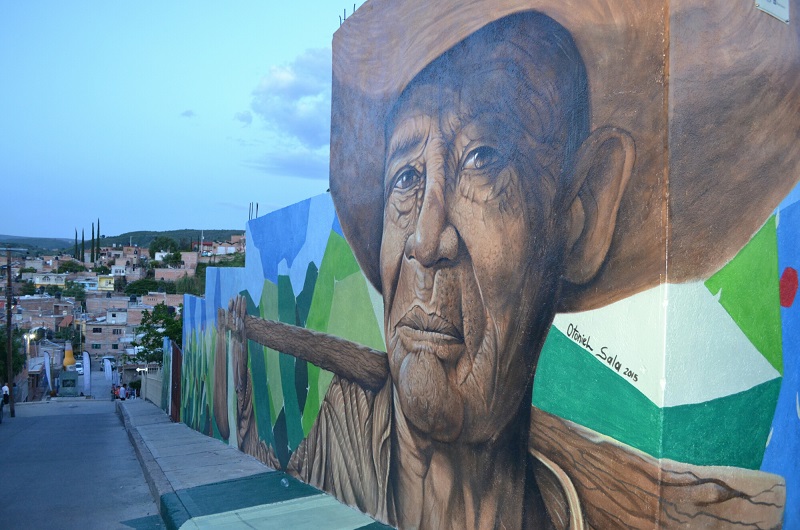
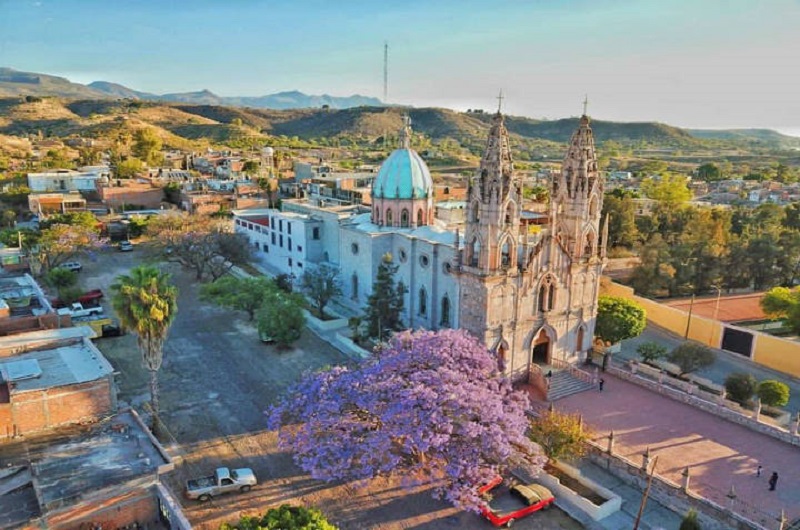

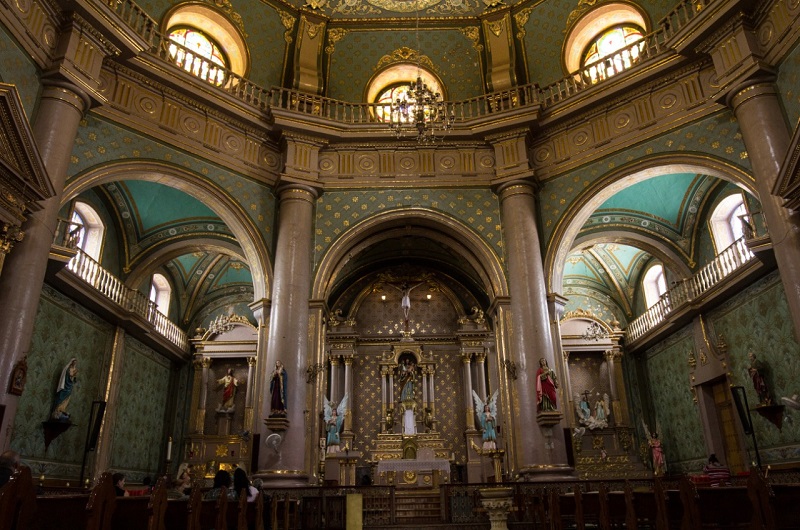
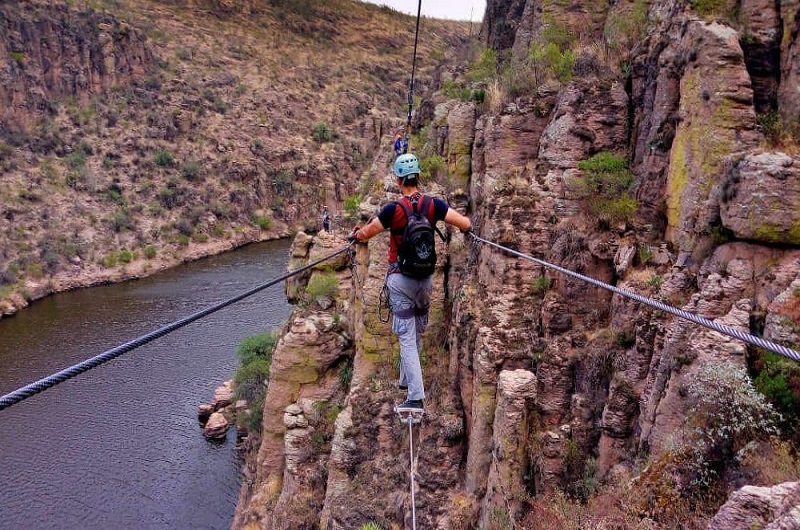
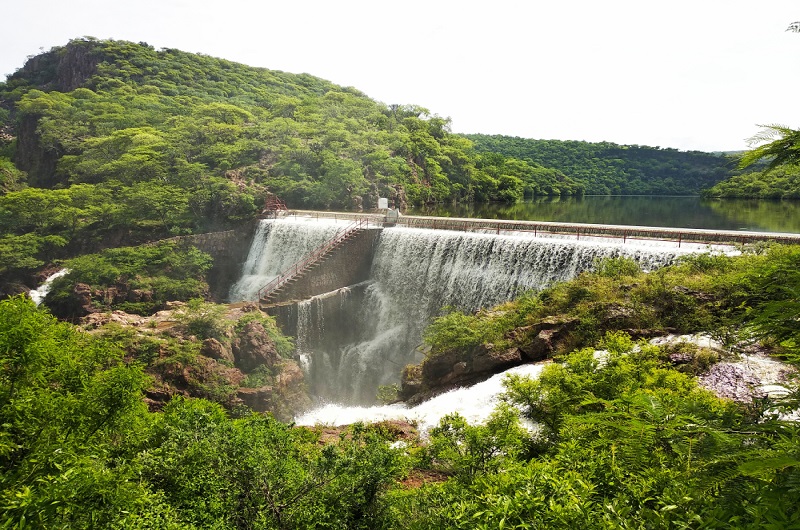
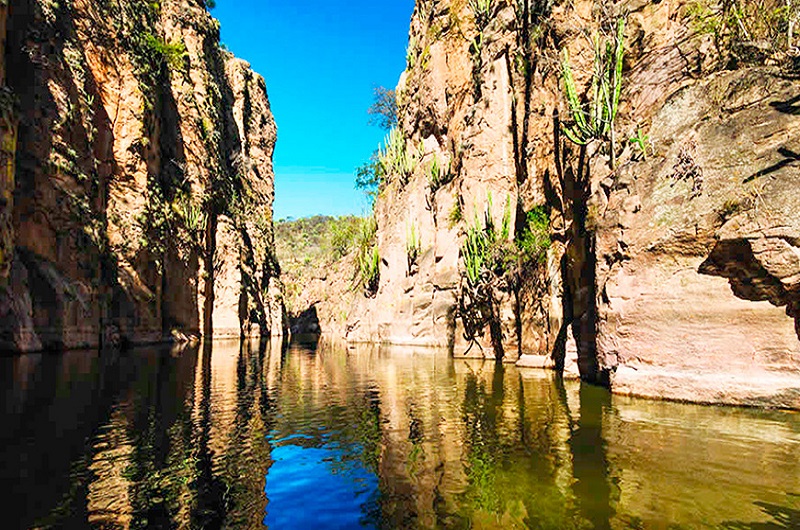
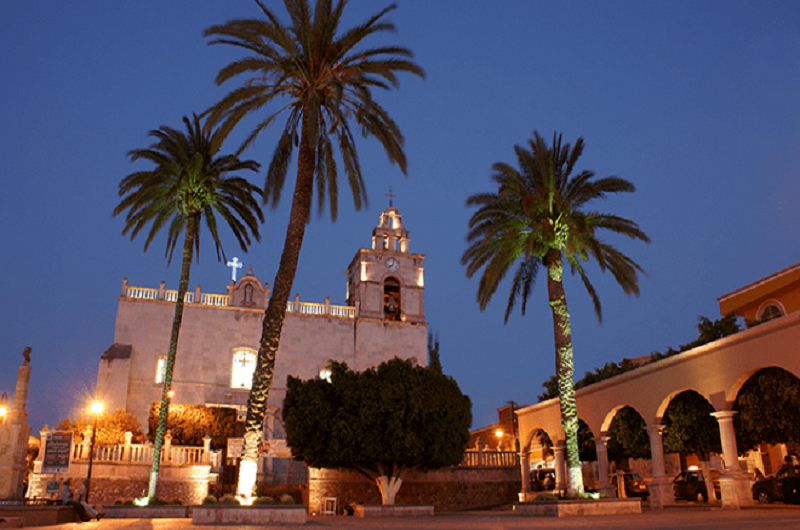
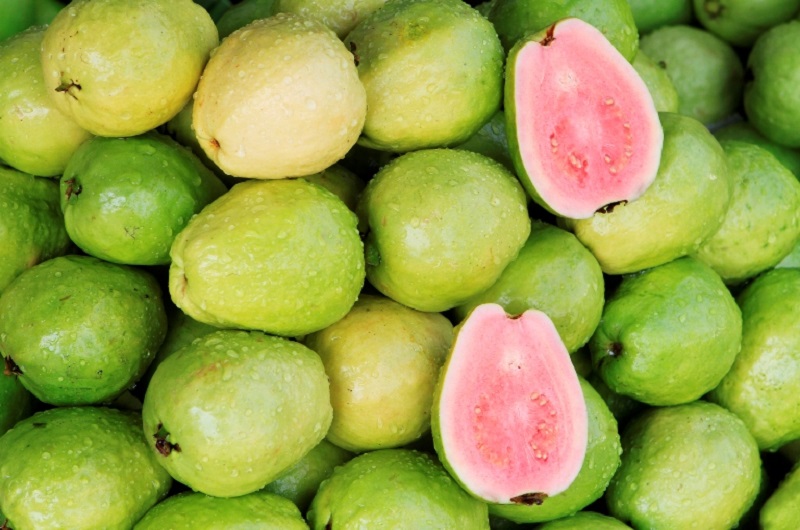
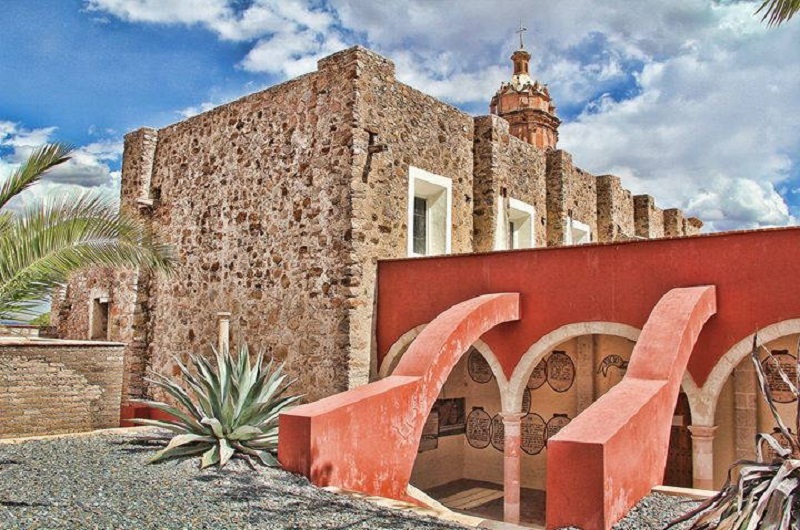
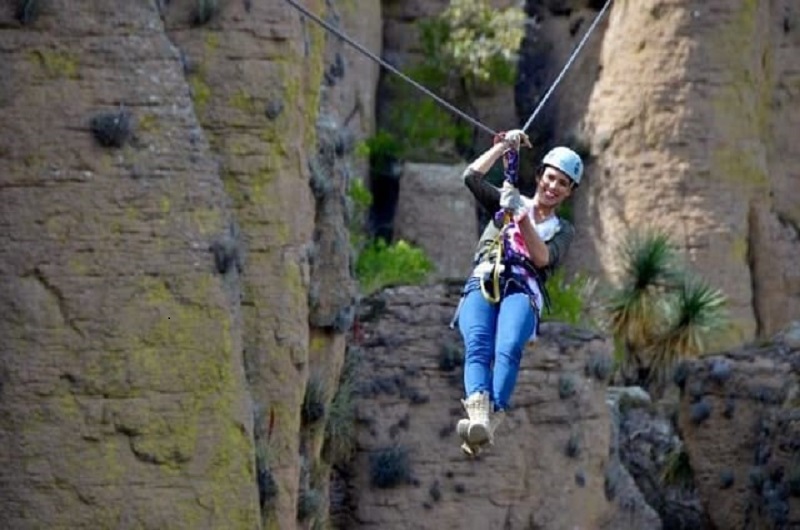

Calvillo Aguascalientes Pueblo Mágico Travel
Unleashed Passion for travel
SAMPLE ITINERARY - OVERVIEW
Do you fancy something sweet, aromatic and tasty? The capital, Mundial de la Guayaba (capital of the guava world) meets the expectations of those with a sweet tooth, but also of people who appreciate the picturesque charm of a colorful Pueblo Mágico (magical city) and the careful handwork of the craftsmen.
The fertile Valle de Huejúcar (Huejúcar Valley), which used to be characterized by a good number of pastures, as the name suggests, was the place where Creoles, Spaniards, mestizos and also French settled and their farms were established for agriculture dedicate.
It was in 1771 when José Calvillo, owner of Hacienda San Nicolás, decided to donate the land needed to found the city of San José de Huejúcar to the Ojocaliente community. Years later, in 1848, the name of the village was changed to Calvillo in honor of its benefactor and was given the Villa (town) category.
The production of guava plantations became the main staple of the community and continues to this day as the region is the largest producer of this fruit in the country. Hence, if you are in the mood for guava paste, jam, and all kinds of sweets made from guava fruit, Calvillo is the best place to go.
.

